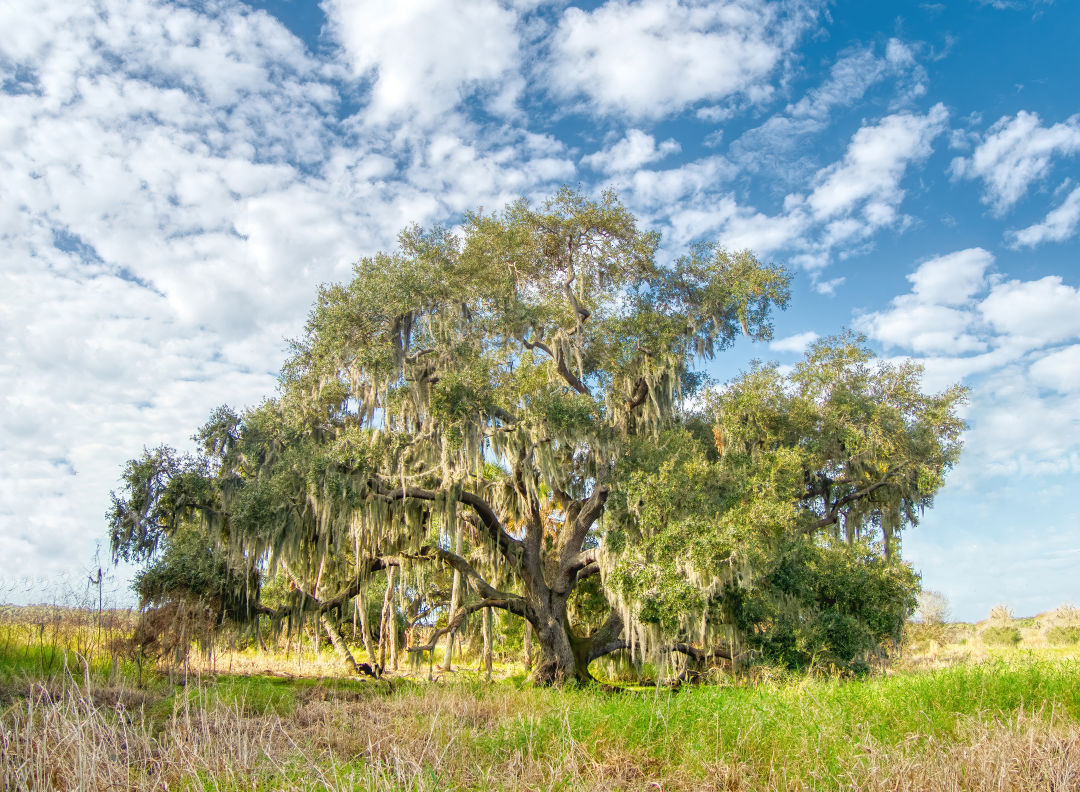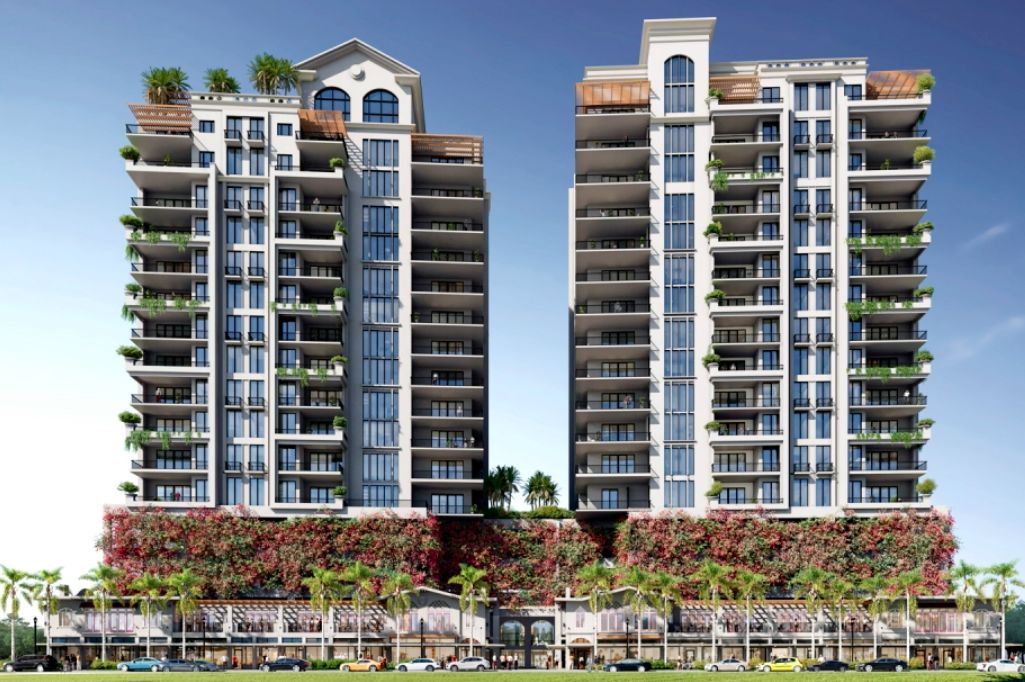Hi Hat Ranch Density Changes OK'd by County Commissioners

Last night, at the final public hearing on the matter, Sarasota County commissioners voted unanimously to change the land use of 1,258 acres in the northeastern portion of Hi Hat Ranch from “hamlet” to “village.” That increases the allowable density from a maximum of one dwelling unit per acre to a maximum of five or six dwelling units per acre. It would also move the countryside boundary further east, meaning the suburbs can move further into once-rural areas.
In June, it was a similar outcome for the Hi Hat Ranch development. The commission voted unanimously to approve a comprehensive plan amendment and ordinance that paved the way for a mixed-use community to include 450,000 square feet of commercial space, a high school, K-8 school and a regional sports complex. Last night's meeting was to vote on the final adoption of the amendment.
Thirty-two speaker cards were filled to allow for public comment at last night's meeting, where all except for the developer and the commissioners opposed the change. Speakers argued that the rural character of the area would be at stake and that it would set a precedent for other future plan amendments that would prioritize development and decimate the natural environment.
During his presentation, James Turner, one of the owners of Hi Hat Ranch, highlighted that the change would only allow for the same number of units he’s entitled to–13,081–to be spread over a larger area, and that the change from "hamlet" to "village" is not about increasing density or the number of units. He added that regardless of whether the designation was OK'd by the commission, the same number of units would be built.
"He can say [it] will be the same, but if you don't want to build more why do you have to change it?" Old Miakka Community Club president and longtime environmentalist Becky Ayech said in a phone interview following the meeting.
There are also other land use questions to consider that weren't raised at the meeting. A "hamlet" can have 10,000 square feet of neighborhood commercial land, such as a barbershop and a bank. And a "village," which is the designation that the commission just approved, can have 460,000 square feet of commercial land use, such as hotels and big-box stores like Walmart and Target—along with an additional 20,000 square feet of neighborhood commercial land use.
Turner said that the land designated "hamlet" was located in row crops with minimal environmental value.
But to Ayech, agriculture has huge value. "We have previously supplied data and facts, supported by conservation analyses, that there is a very good way agriculture protects the environment," she says. "It protects species and different plants, so that is an incorrect statement."
Turner also pointed out that 5,400 acres at the ranch are being preserved and maintained thanks to his family’s stewardship of the land and that the plan amendment keeps the 500-foot buffer along Fruitville Road.
As for setting a precedent, Turner said the scenario was “too unique in too many ways" to pave the way for similar developments. Opponents, however, argued that although Turner says Hi Hat is just expanding the area on which it will build its units, with no total increase, nothing would prevent a future applicant from seeking the same designation, which would increase density.
Although commissioners voted in favor of turning the "hamlet" into a "village," the developer still has to apply for a rezoning of each proposed village. And opponents will be there every step of the way.
Following the chair vote, Ayech took the floor to challenge the commissioners to say "no" to nearby landowners who may want to apply for similar changes in land designation in the future. She followed that up by inviting commissioners to a hootenanny at the Old Miakka Schoolhouse on Oct. 3, from 10 a.m.-3 p.m., in hopes of fostering more connection.
“Come out and be with the constituents that are your redneck group of people,” she said, because “you need to be plugged into us more. It would be nice to have our commission come and learn about another section of our community."



